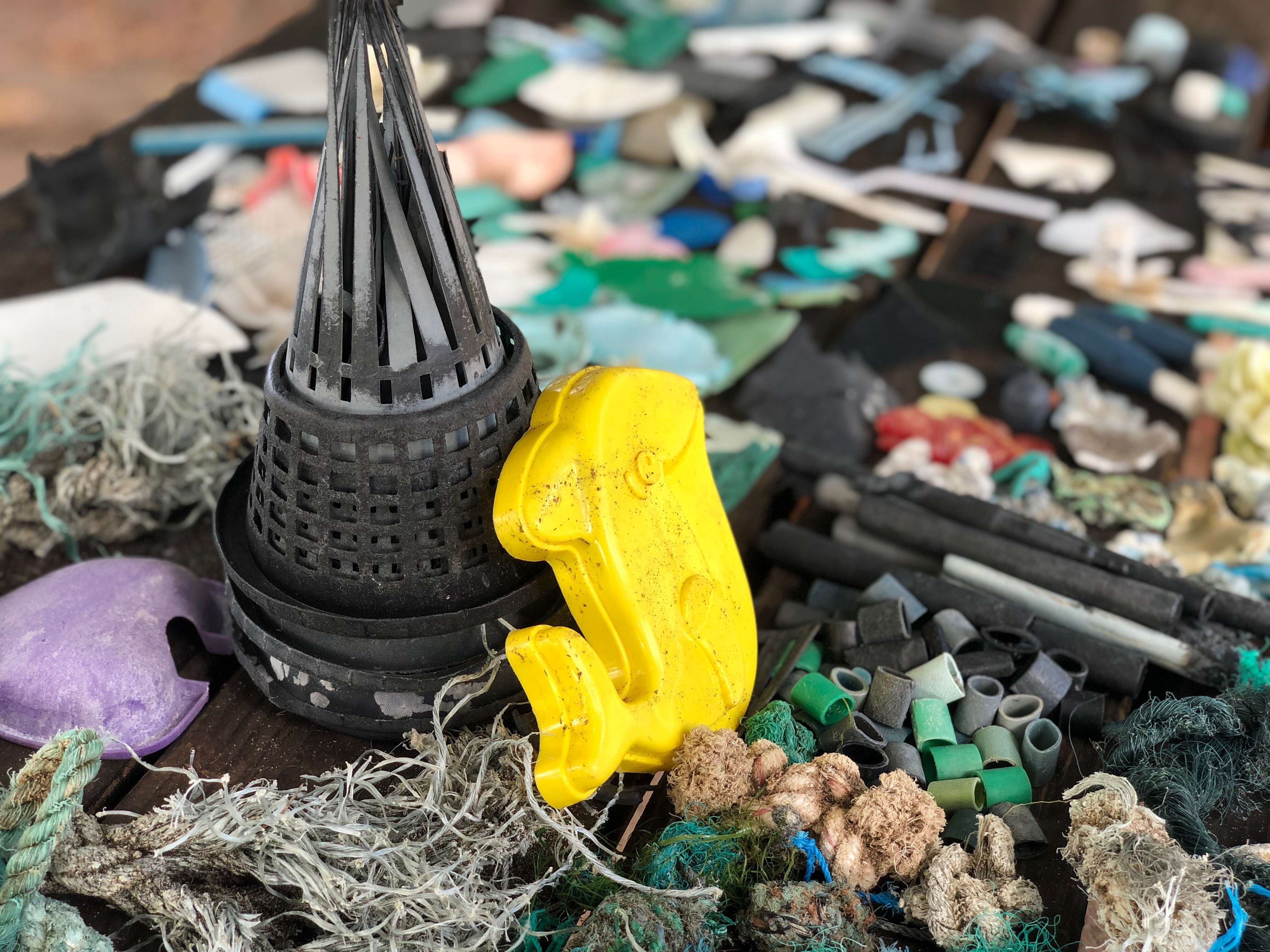
03.01.25
Healthy Beaches Spotlight: Surfrider Kaua’i is Helping Save Monk Seals One Eel Trap at a Time
By Jennifer HarrahSurfrider Chapters and Student Clubs do incredible work year after year keeping our beaches and coastlines beautiful and free of plastic pollution. Clean and healthy beaches are a universal benefit; people, wildlife, plants, and our coastal economies all prosper when our beaches are clean. The Surfrider Foundation tracks and shares detailed cleanup data to show the prevalence of plastic and trash on our beaches and uses this data to pass laws to ultimately reduce plastic pollution at the source.
Each year, Surfrider releases an annual Beach Cleanup Report looking at the health of our beaches from a national perspective. But we also think it is important to bring attention to the local stories and highlight the coastal activists doing inspiring work to keep our beaches beautiful. This month, we caught up with Dr. Carl Berg with the Surfrider Kaua’i Chapter to talk about their work tracking fishing gear and helping to save rare Hawaiian monk seal pups.
Can you give us a quick overview of this project?
Surfrider Kauaʻi’s North Pacific Eel Trap Project is an international, collaborative effort to reduce the number of discarded eel traps and reduce their impact on marine and coastal environment, in particular, the endangered Hawaiian monk seal.
So what exactly is an eel trap and how do they harm monk seals?
There are both eel trap entrances (ETE) and eel trap tubes (ETT). ETE are cone shaped objects used to trap eels and hagfish, an eel-like creature. They get loose and travel on ocean currents, landing on Hawaiʻi’s beaches where they can get stuck on the snouts of curious monk seal pups, causing them to starve if they’re not caught and rescued. Both ETE and ETT do not degrade and contribute to plastic marine debris and microplastic pollution of seas.
Left: Monk seal with ETE stuck on its snout. Photo courtesy of NOAA Fisheries(Permit #16632-02). Right: ETE collected on Lanai. Photo courtesy of Cheryl King.
That is terrible! I haven’t heard of this before, so I’m curious how prevalent eel traps are?
Our four-year total is 21,504 of ETE and ETT from the full range of the Hawaiian island chain. 2024 was a record-breaking year for the collection of ETE and ETT, with a record of 9,279 ETE and 347 ETT collected from the Hawaiian archipelago. Partners in Taiwan, Japan, South Korea also collected these traps.
This problem sounds incredibly complex. Is there any solution on the horizon?
Collaborating scientists in California and Rhode Island have designed a new ETE and are testing it with a polymer specifically designed to more quickly biodegrade on the bottom of the ocean, and to break in half so that it cannot get caught on monk seal snouts. I obtained a sample from a factory in Korea that creates biodegradable ETE and distributed it to US west coast fishermen for testing. As the biodegradable ETE do not float and disintegrate on the seafloor, their widespread use would greatly reduce the threat to marine life.

Is there anything we can do to help?
If you find an ETE or ETT on a beach near you, please take a photo, send it to hagfish@surfrider.org, and dispose of it properly by throwing it in the trash so it doesn't return to the ocean.
Huge thank you to Dr. Carl Berg for leading these efforts on Kauaʻi’! If you want to read more about the success of the program in 2024, check out this blog post or visit their webpage to learn about the North Pacific Eel Trap Project.
